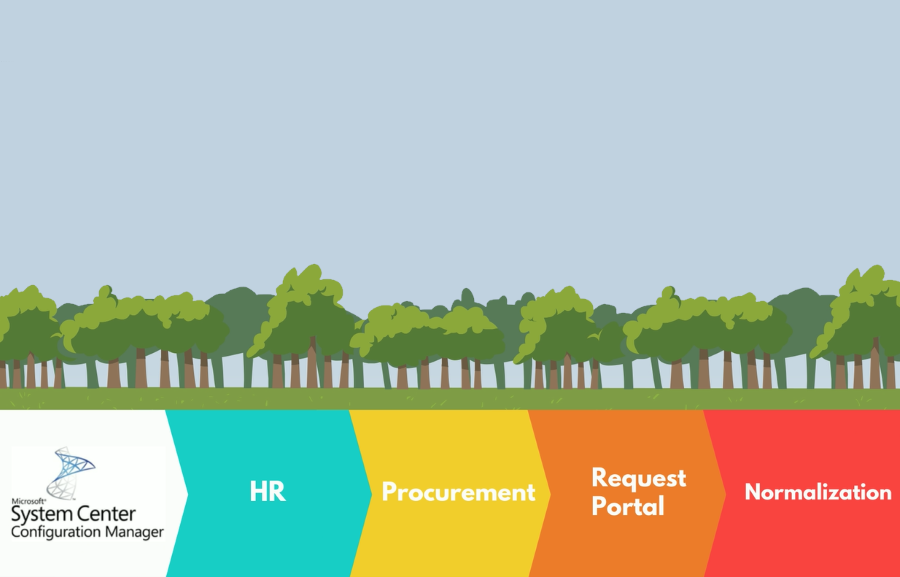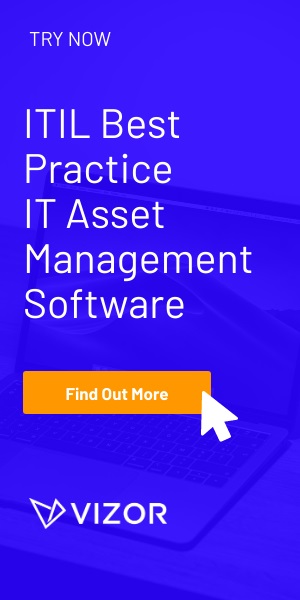Free Your SCCM Data for IT Asset Management
Microsoft SCCM is used by many IT pros to manage their organization’s desktops and servers. To facilitate this, SCCM gathers large quantities of data on each asset connected to the network. Unfortunately, this data is often siloed in IT, meaning that the information stays in IT and does not get distributed to other departments. The data gathered by SCCM is also raw inventory data, so it is missing the associated management information and context. This hinders non-IT departments from using this valuable data in a way that benefits their specific department and contributes overall to the organization’s processes. In order to gain more visibility, it is essential to free any siloed IT data from SCCM and put it to good use for other processes. Vizor’s powerful web-based interface accomplishes this, so that all required department managers can have visibility of IT asset management processes and procedures.
Here are a few examples of how freed SCCM data can be useful for these asset management processes:
1. HR integration. By providing HR with visibility of SCCM data, they can perform a number of crucial tasks. For example, assets can be assigned to employees based on their roles and projects, and new employees can be automatically assigned assets on day one. Additionally, should an employee leave, hardware/software is returned to the pool for use by someone else in the organization.
2. Purchase management. When the procurement department get visibility of SCCM data, it can be used to manage asset purchasing processes. All expenditure on asset purchases, agreements and contracts can be gathered and managed, as well as displayed alongside asset details within the Vizor system.
3. Asset request portal. Using a self-service portal allows end users to access the data needed for requesting hardware and software on their own. Once an asset has been requested, the subsequent approval process and deployment are taken care of, so the whole process runs quickly and smoothly.
4. Inventory normalization. The normalization process transforms raw inventory data collected by SCCM into usable information for asset and software license management. For instance, it removes patches and system updates reported in SCCM, as these should not be included as part of the system software that needs to be analysed. As well, normalization performs version consolidation and elimination of “garbage” versions for easier management. Normalized data is then reconciled against entitlements to form your effective license position, supporting complex licencing compliance schemes such as per CPU and per core.
Struggling to manage IT Assets in MS ConfigMgr?






